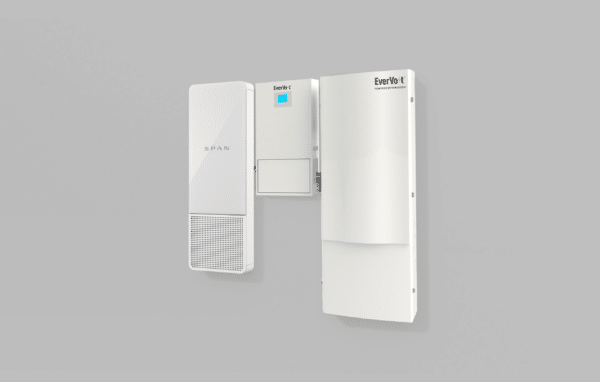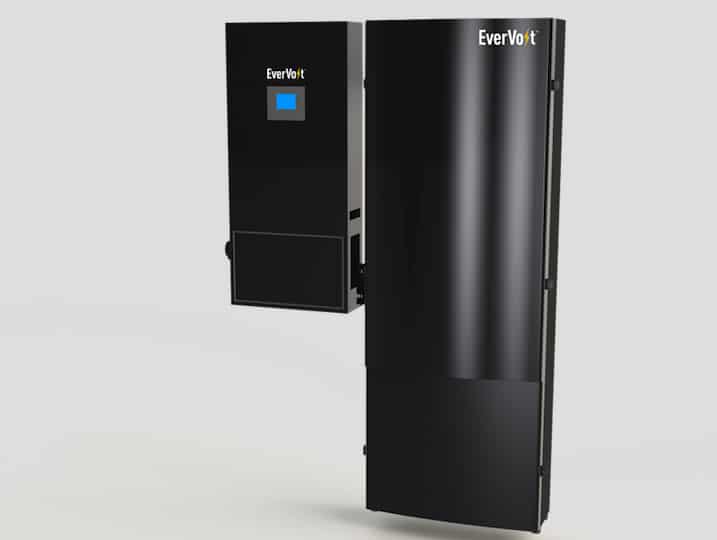Panasonic has entered into an alliance with Span to deliver a combined energy storage and residential energy management product.
Span recently landed $10.2 million in venture capital to modernize and replace one of the more basic and ubiquitous pieces of home electrical hardware — the electrical panel. Span’s ambition is to “transform the electrical panel into an intelligent gateway” and help expand the adoption of solar, energy storage and EVs.
Span’s electrical panel will be paired with Panasonic’s EverVolt residential battery system, which comes in two sizes: 11.4 kilowatt-hours and 17.1 kilowatt-hours — depending on how many of the 55-pound battery packs are incorporated into the field-serviceable housing. The Panasonic systems are intended for indoor usage and are available in DC-coupled or AC-coupled versions — and so can be retrofitted to an existing solar system.
Controlling home energy via phone app
Span founder and CEO Arch Rao recently told pv magazine that as the size of rooftop solar systems increases, the electrical panel has to be replaced to grow service. If replaced with a Span smart panel — the package includes energy management software, an output meter, a communications gateway and a separate critical loads panel. These functions would usually require their own enclosures and wiring.
Span’s panel is designed to monitor and control up to 32 circuits, all managed through a smartphone app. When the power goes out, Span islands the house and lets homeowners choose which parts of the home they want to power. Rao envisions the roll-out of new functions with over-the-air updates for functions such as EV charging and water heater control. (Atom Power, a startup developing a solid-state circuit breaker akin to Span’s product but for commercial and industrial buildings, just raised $17.8 million.)
Span already has a partnership with LG Chem for inverters and batteries.
Panasonic and Span will offer this combined solution to installers and homeowners this year. The Span panel can be purchased as an add-on to an existing solar system or bundled together with a new solar installation.
As Span puts it, “The standard electrical panel has not seen major innovation for nearly a century.”

This content is protected by copyright and may not be reused. If you want to cooperate with us and would like to reuse some of our content, please contact: editors@pv-magazine.com.








By submitting this form you agree to pv magazine using your data for the purposes of publishing your comment.
Your personal data will only be disclosed or otherwise transmitted to third parties for the purposes of spam filtering or if this is necessary for technical maintenance of the website. Any other transfer to third parties will not take place unless this is justified on the basis of applicable data protection regulations or if pv magazine is legally obliged to do so.
You may revoke this consent at any time with effect for the future, in which case your personal data will be deleted immediately. Otherwise, your data will be deleted if pv magazine has processed your request or the purpose of data storage is fulfilled.
Further information on data privacy can be found in our Data Protection Policy.